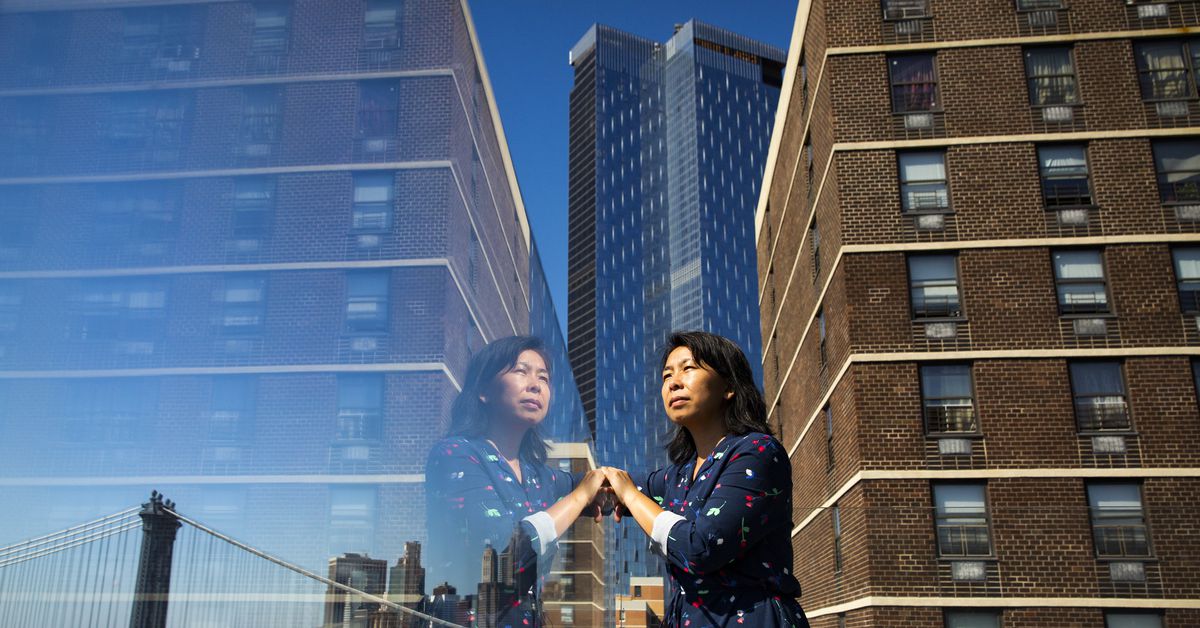jje1000
Senior Member
From the cities I've visited with notable Chinatown gates, I think Montreal has the best arrangement. The two gates along St. Laurent at both entrances into the area, along with the smaller gates along with the two smaller ones on the pedestrian only Rue De La Gauchetière. While other places like Ottawa, Philadelphia, Vancouver, Seattle and Portland have them on more conventionally situated streets.
I haven't checked with the BIA before but I could imagine this is well on the back burner.
Montreal's gates definitely help define the edges of the neighbourhood, while making it feel more like an enclave.
In other cities, the gate often acts instead as a focal point/landmark within the Chinatown rather than a boundary marker, or it acts as a singular gateway from a certain approach. In these cases, the neighbourhood borders are usually amorphous, sometimes blending into the rest of the city. I also think the gates work best on narrower, well-framed streets- London's Chinatown gates are also great (as is the Chinatown- vibrant and well-defined, if compact).
That being said, few of the older traditional Chinatowns in North America are in particularly good health- which may affect one's perception of the archway. I certainly felt that with some Chinatowns, the gate was bigger than the community left behind it!
Of note- the Spadina Chinatown did sort of have an unofficial gate at one point- at China Court, ironically where Chinatown Centre stands today.
Last edited:






